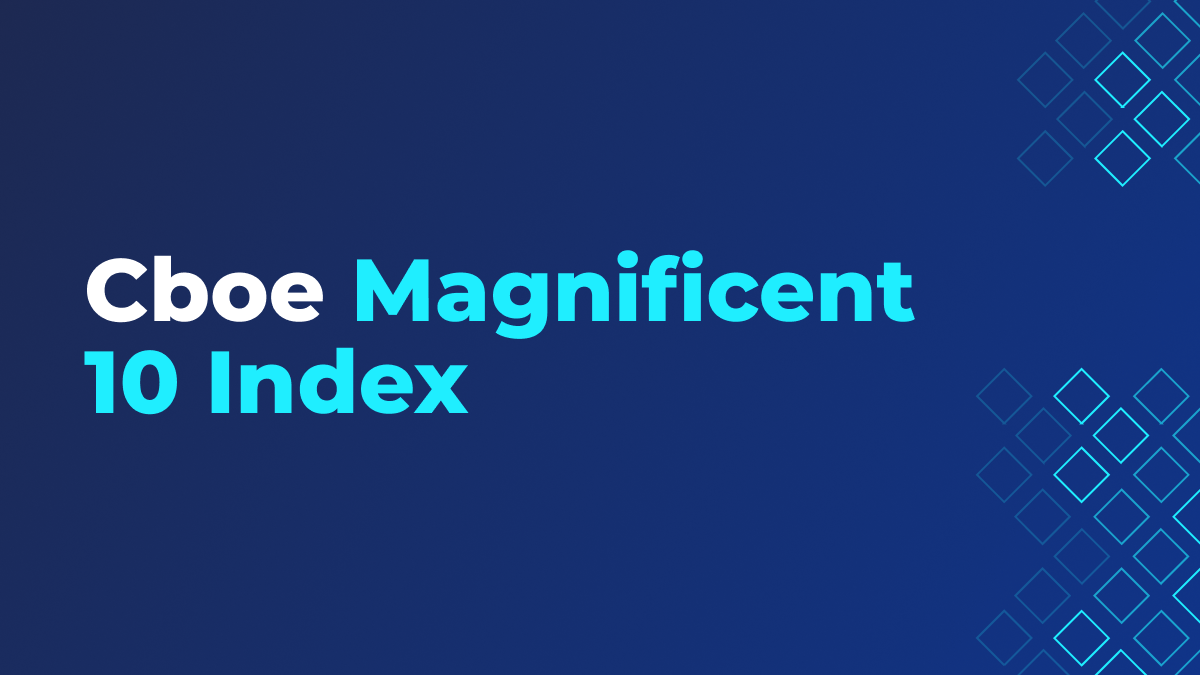
Read More
The start of 2025 was marked by significant market volatility driven by geopolitical tensions, economic uncertainties and the impact of new trade tariffs, leading to sharp swings across U.S. cash equities. While the market appears to have passed peak tariff pessimism, the overall sentiment remains cautious, with concerns about trade policies and the implications for economic growth remaining. Volatility reduction strategies, such as covered calls, are now in high demand to help investors navigate the heightened market volatility.
As a result, indices like the Cboe Validus S&P 500 Dynamic Call BuyWrite Index (CALD) are gaining attention, providing investors with access to the strategies that may help them achieve their goals now. CALD is a rules-based strategy that overlays short call positions on a fully invested S&P 500 Total Return portfolio. Unlike traditional monthly overwrite strategies that sell calls once per month, CALD uses a dynamic, five-day rolling structure, selling SPX a.m.-settled 1-month call options on each of the five business days leading up to standard expiration.
Source: Cboe
Source: Cboe
Strikes are selected based on the 25-delta implied volatility of front-month options, adjusting further out-of-the-money as volatility increases — up to 116.5% of spot in high-volatility regimes. On each roll date, only one-fifth of the total notional call exposure is turned over, which helps reduce timing risk and smooth the path of returns. The total notional of short calls is capped at 20% of the index’s underlying equity exposure, ensuring that CALD retains a consistent long equity bias while monetizing volatility through the option overlay.
Source: Cboe
Source: Cboe
In 2025 year-to-date, CALD has delivered on its objective of providing reduced volatility exposure compared to the S&P 500 Index. While both indices experienced sharp drawdowns in late March and early April, SPX reached a maximum drawdown of nearly 7%, whereas CALD drew down less than 4%, reflecting the cushioning effect of call premium income. Over the full YTD period, CALD exhibited a realized volatility of 24.7% versus 26.5% for SPX, with a modest return of 0.24% versus 1.87% for SPX. As a result, CALD’s Sharpe ratio remained positive but subdued, relative to the benchmark.
Between April 4 and 30, the most volatile window of 2025 so far, both CALD and SPX posted strong annualized returns or approximately 40 to 44%. However, CALD continued to exhibit slightly lower volatility and more stable return patterns, validating its risk-moderation goal. Periods such as late January also showed superior risk-adjusted returns for CALD, as measured by rolling Sharpe ratios.
In summary, CALD has so far demonstrated strong volatility dampening properties while keeping pace with SPX during recovery periods. CALD’s layered, rules-based call writing approach offers a differentiated risk-return profile, particularly well-suited for sideways or uncertain markets where traditional equity exposure may struggle.
The information herein is provided solely for informational purposes. Past performance of an index or financial product is not indicative of future results. Indices are not financial products that can be invested in directly, but they can be used as the basis for financial products (for example, without limitation, options, futures, mutual funds or exchange-traded funds) or to help manage portfolios. Nothing herein should be construed as investment advice. © 2025 Cboe Exchange, Inc. All Rights Reserved.